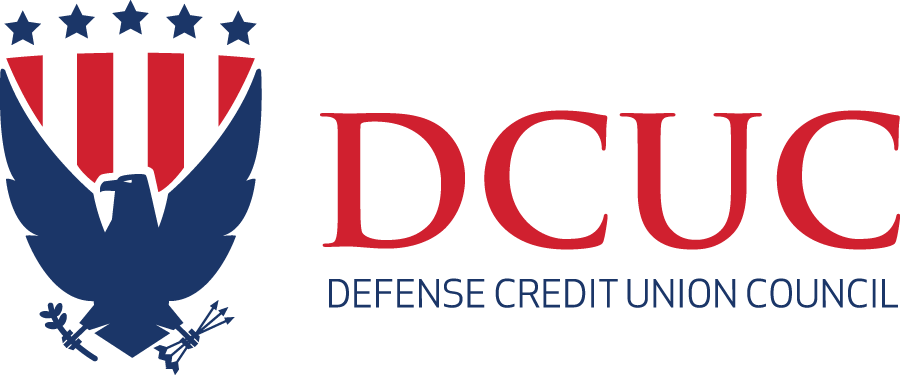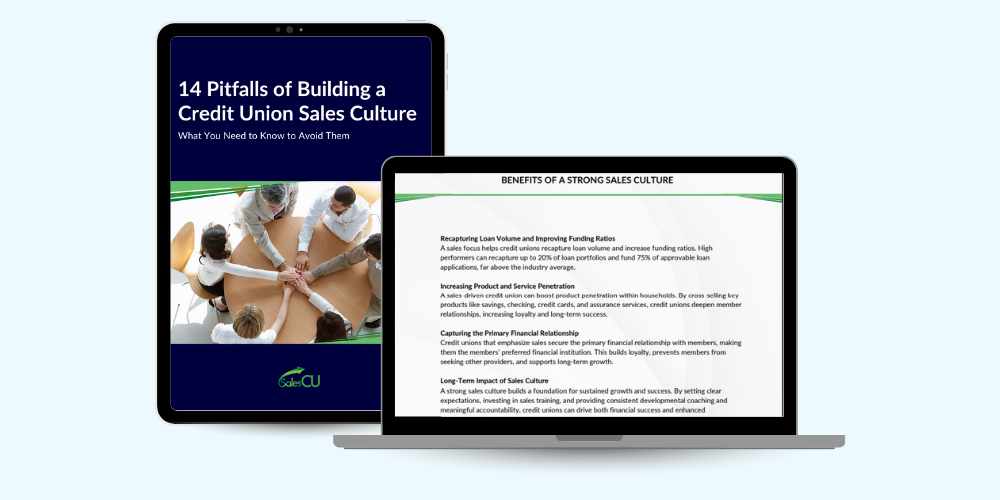As we near the end of 2024, associations across all industries are likely pressing into their strategic planning for next year. These sessions remain a valuable tool for reflecting on past accomplishments, reassessing goals, and preparing, or refining, the association’s future strategies. During these internal discussions amongboard members and executives, its important leadership prioritizes transparent and frequent member communication strategies.
Living in an increasingly fast-paced and information-driven world, members expect more than occasional updates or broad overviews of an association’s work. Keeping them informed about the association’s direction, how dues are being used, and what concrete outcomes are being achieved will provide members with a level of transparency that fosters trust and appreciation. Intentional, clear communication not only strengthens the bond between an association and its members but reinforces they are valued partners in the overall success of both their organization and the industry as a whole.
As we look toward 2025, associations must prioritize transparent and frequent communication with members as part of their end-of-year planning process. By defining what this looks like, and how to start implementing these strategies in a manageable way, associations can begin delivering more meaningful, engaging updates that keep members informed and invested. Here are some ways to get started:
Start with the big picture: Your 2025 goals and vision
Think big picture. Members want to understand the overall vision. During year-end planning sessions, associations can develop communication strategies by starting with the main goals for the upcoming year. Clearly, and concisely, articulate these goals to your members. Think of how we all take in most of the information we see throughout our day; we want to get to the meat of the overall message here. Goals should be specific, measurable, and tied to the mission. Then, we can begin branching out from there.
Sharing goals with members provides a sense of direction and purpose, shows how the association is working to advance members’ interests and creates accountability. This furthers members' sense of belonging, trust, and investment in the association's mission and success.
Transparency with the financials
Trust and transparency are deeply intertwined. It's not enough for associations to simply communicate their goals; being open about financial plans and the organization's overall financial health is equally crucial. While sending end-of-year dues letters is common practice, providing clear communication on how those dues are being used—whether for advocacy efforts, political actions, or other initiatives—gives members a comprehensive view of how their contributions are making an impact. Members don’t need every financial detail, but they deserve clear, straightforward updates on how resources are being allocated and utilized to support the association's mission.
Year-end planning sessions offer a perfect time to develop a schedule for sharing financial updates throughout the year. Consider bi-annual or quarterly reports, delivered in formats that are easy for members to digest, and easy for your association to start implementing. Infographics or concise summaries are a great start and still keep things concise for all. Highlight how funds are being directed toward specific initiatives, programs, or resources that benefit members. This approach will further demonstrate the association’s commitment to member value per every dues dollar invested.
Looking past the immediate: Sharing long-term vision
Members are more likely to stay engaged with an association that has a compelling vision for the future. As part of the year-end review, associations should think beyond the following fiscal year and also share their long-term strategies for growth and impact. This may be a 3-, 5-, or 10-year plan. This provides an opportunity for members to offer input, ensuring the association’s vision aligns with the evolving needs of those it serves.
Encouraging two-way communication
While sharing information with members is critical, associations should also offer opportunities for members to provide feedback. A truly transparent organization values its members’ perspectives and regularly invites them into the conversation. Leadership should be accessible and at the forefront of all key messaging provided to members.
During year-end planning, associations can start incorporating communication strategies that encourage more two-way dialogue with their membership. Consider hosting virtual town halls, conference calls, member surveys, or interactive Q&A sessions. A local luncheon is a great way to see members face-to-face and provide a personable forum where members can not only provide their input but also gather with others invested in the association. These opportunities provide members with a voice and demonstrate that their opinions are not only heard but truly shape the direction of the association.
Choose a manageable schedule
Consistency is key, first and foremost. It’s great to have a productive planning session with exciting ideas and the vigor to take off! But creating a manageable, consistent schedule is the way to go. A basic communication calendar is a great start; begin by outlining the cadence your association can reasonably commit to for how often members can expect to receive updates on the association’s progress. This schedule should include formal reports (such as annual accomplishments, voting sessions, etc.) and more frequent, informal updates (like monthly newsletters, advocacy updates, or member town halls).
By sticking to a schedule, associations keep members in the loop without overwhelming them. Importantly, updates should go beyond surface-level information. Members should know what’s working, what’s not, and how the association is adapting to challenges. This level of openness fosters a sense of inclusivity and trust—members will feel they are on the same journey as the organization, rather than observers from the outside.
As you begin your end-of-year planning sessions, remember this for your comms strategy: Give clear updates on overall goals, financial plans, and the long-term vision. Commit to a manageable schedule and offer regular opportunities for member feedback and input. Associations that prioritize open and consistent communication will be well-positioned to grow and thrive in 2025 and beyond.








